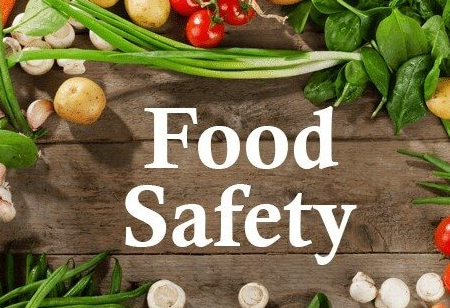THANK YOU FOR SUBSCRIBING
Be first to read the latest tech news, Industry Leader's Insights, and CIO interviews of medium and large enterprises exclusively from Food and Beverage Tech Review
How can IoT Improve the Food Safety with Latest Peat Control Techniques?
It is apparent that IoT is a significant source of expectation and exploration not only in the B2C applications but also for industrial uses as well.

By
Food and Beverages Tech Review | Friday, November 08, 2019
Stay ahead of the industry with exclusive feature stories on the top companies, expert insights and the latest news delivered straight to your inbox. Subscribe today.
It is apparent that IoT is a significant source of expectation and exploration not only in the B2C applications but also for industrial uses as well.
FREMONT, CA: Every web-connected product can get linked to other devices and computer systems to be a part of the Internet of Things (IoT). The potential openings for IoT-driven networks are endless, and the pace with which things are changing makes it challenging to imagine the present and the future of the IoT and to what extent it can alter the lives of people.
IoT applications can resolve many of the pest challenges present in the industry of food. The total number of IoT devices active all over the globe can go up to 10 billion by 2020. The massive volumes of data derived from the IoT connected devices can be analyzed to draw new actionable insights to enhance the business operations, systems, and procedures.
When it comes to pest control, the environmental data is combined with the overall information automatically to connect with other devices to recognize regions and facilities that are specifically vulnerable to pest escalation.
By contrasting the previous and current data patterns, companies can make well-versed predictions and help in forecasting the probability of a pest infestation. Pest-controllers can avail the results of the comparison and take measures accordingly to control and manage the issue as well as save time and money in the business operations.
The advances in the IoT enabled devices used in pest control helps food businesses within the supply chain to continually monitor the pest activity. The tools and traps are entirely integrated with a web-based customer portal that enables 24/7 access to pest-management data. Additionally, it also includes trends, suggestions, and analytics tools to hold up the pest-control audits.
The chief benefits of connected devices for pest control can monitor the activities in places that are complicated to examine or have no chances for humans to reach round-the-clock without interrupting operations. The collected data is fed into the online pest management system portal where it can be evaluated and compared with the third-party figures.
Furthermore, there is a drone fitted with a multispectral camera that can survey different levels of carbon dioxide, water, and chlorophyll in plant leaves and shows the health of the crop to control the pest measures more efficiently.
I agree We use cookies on this website to enhance your user experience. By clicking any link on this page you are giving your consent for us to set cookies. More info







